Meet the Poultry Farmer Teaching Others How to Make Regenerative Farming Add Up
Modern Farmer
SEPTEMBER 8, 2023
It made me feel so good that someone believed in me and what I was doing on my farm.” (Photos courtesy of Jeff Siewicki) He positioned himself as a pasture poultry farmer to set himself apart from industrial poultry farmers and pivoted to selling to restaurants and wholesale. Things started working. Then, they get clear on pricing.

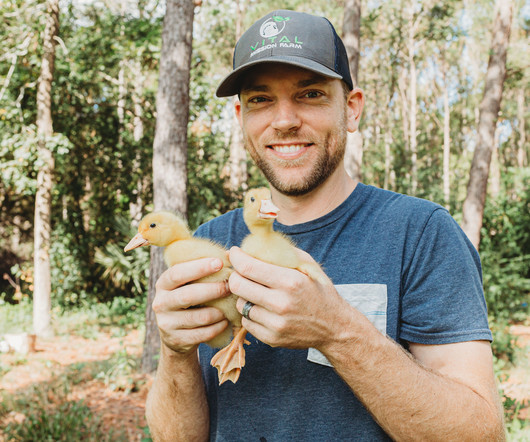

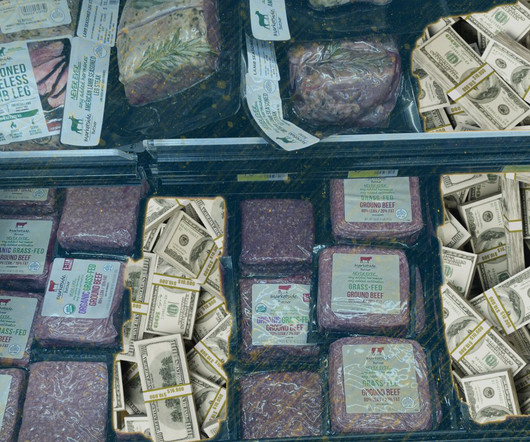
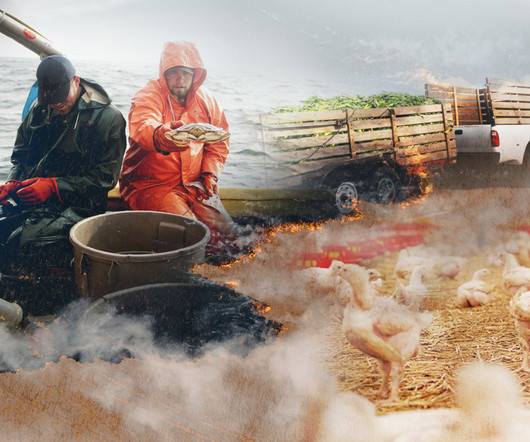
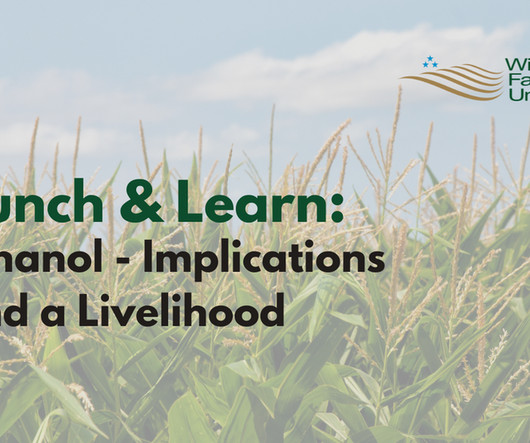
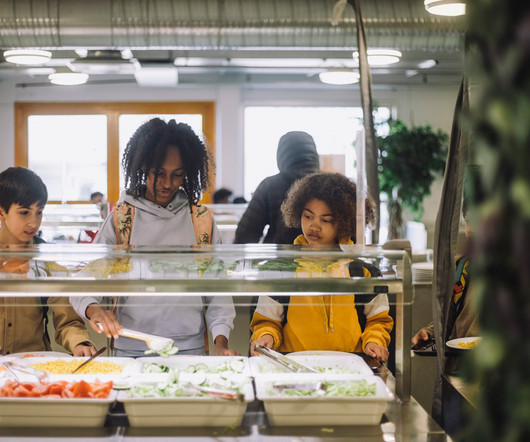

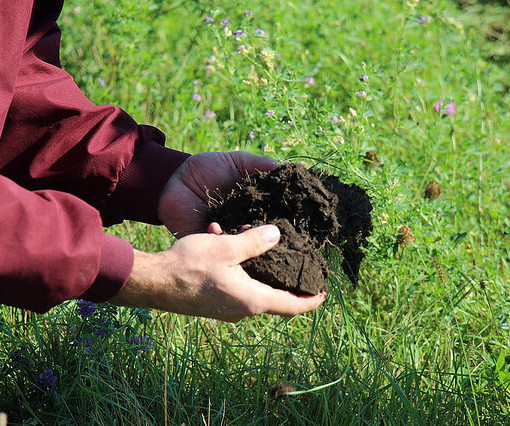

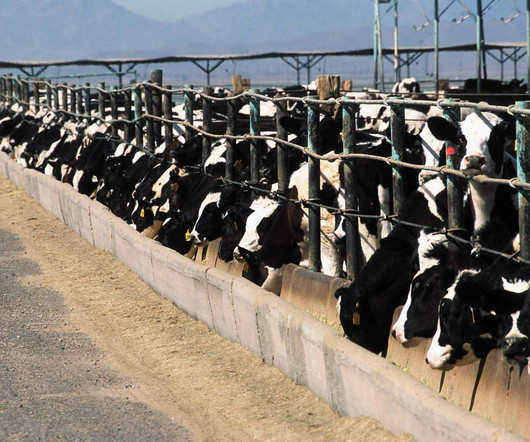

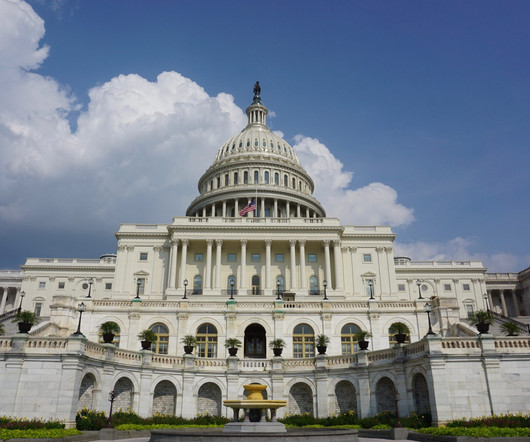
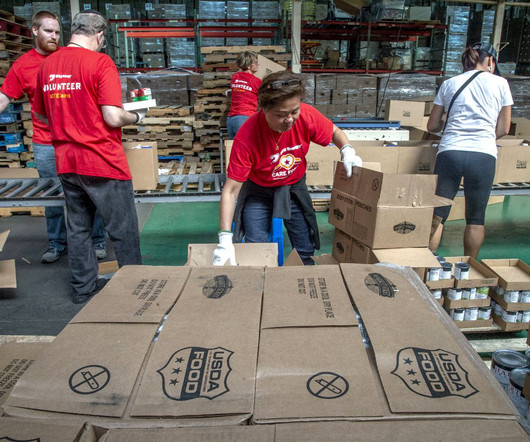

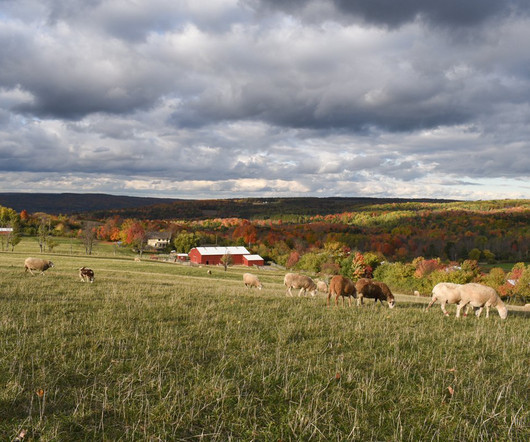
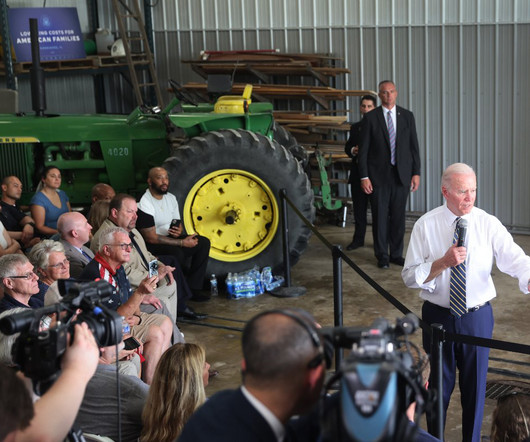






Let's personalize your content